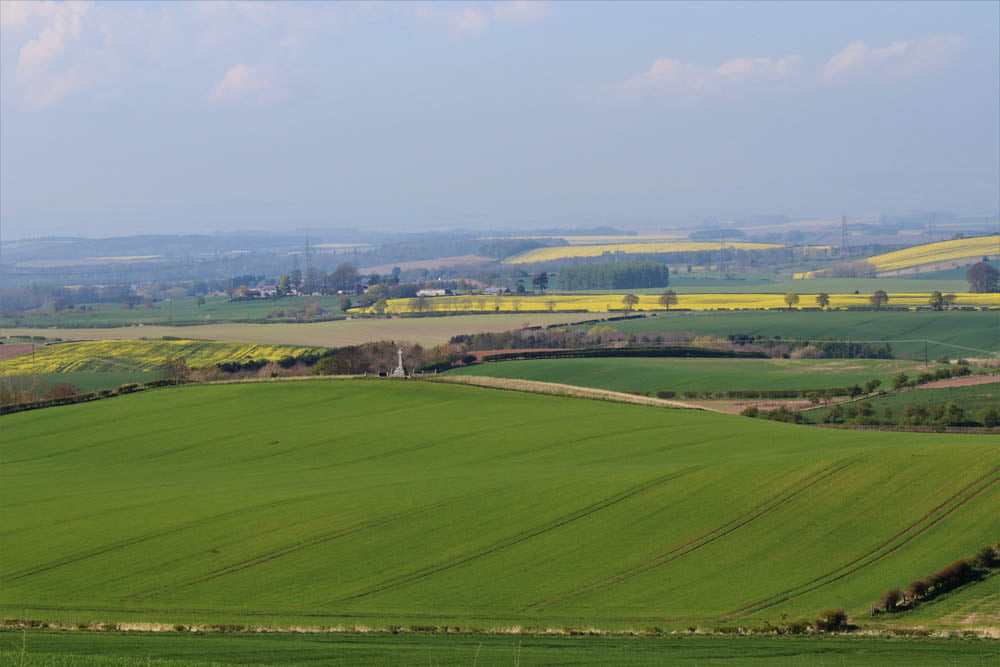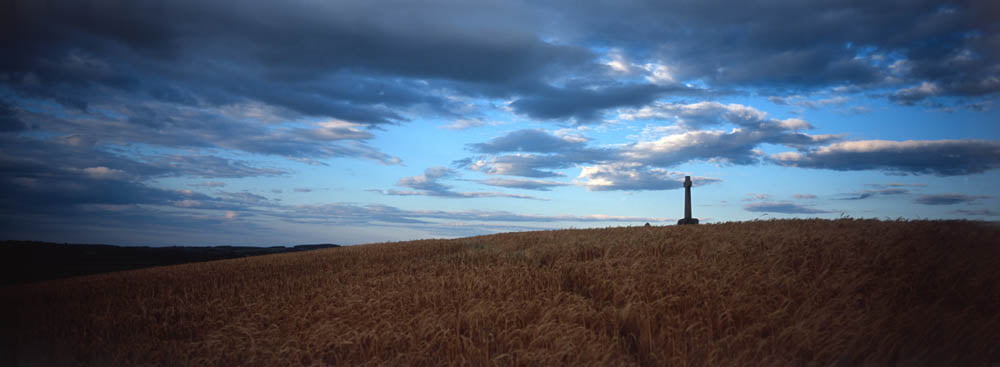
On this field over 500 years ago, nations collided. These peaceful green fields once flowed with the blood of 15,000 dead, killed in the space of just 3 hours.
On the 9th September 1513, the Battle of Flodden Field altered the course of Scottish history irrevocably. Walking around today, it is difficult to imagine the devastation and carnage of that fateful day.
In a series of international political moves, changing allegiances saw Henry VIII and England invade Northern France in June 1513. Scotland felt bound by the Auld Alliance with France, which had been renewed earlier that same year. However, an act of aggression on England would effectively tear up the Treaty of Perpetual Peace made with Henry VII in 1502.
Scotland had to decide…
James IV of Scotland chose to honour his country’s alliance with the French and to march south on England – the young Henry VIII had proven he was no friend to his Scottish neighbours. With Henry away in France, it fell to Thomas Howard, the Earl of Surrey, to raise an army and meet the attack. In the meantime, James and his army captured the castles of Etal, Ford, Wark and Norham. While waiting for the English to arrive, the Scots set up fortified defences on Flodden Hill.
Not wishing to meet the Scottish army from its advantageous position, the Earl of Surrey instead outflanked his adversary and cut off James’ path of retreat to the north. In a hasty decision, James ordered his army to move from the heavily defended position of Flodden Hill to Branxton Hill, 2 miles away. It was here they were finally to meet the English. Now ill-equipped and fatigued, the Scottish were far from ready when battle commenced at 4pm.



The terrain would prove pivotal on the outcome, as months of rain made the ground boggy and impassable. By descending from their position on Branxton Hill, James and his army became victims of the great mire that had formed on the lower ground. Exhausted, the Scots were sitting targets for the better-armed English.
By 7pm, 10,000 Scottish lives had been lost. Among the dead was King James IV. Respected throughout Europe and known for his great learning, his death was a tragedy. This would be the last time a British monarch would fall in battle.
There are a lot of ‘what ifs’ to be asked at Flodden Field. What if the Scots had been armed more appropriately? What if James hadn’t given up his higher position? What if the weather had been better throughout 1513?
Come and visit the site of this pivotal battle and imagine your own what ifs…
The Flodden Battlefield Trail, an award-winning trail created and maintained by the Remembering Flodden Project (a registered charity), covers the ground where the two armies met in combat and detailed interpretation boards assist the visitor in visualising the events of the 9th September 1513.
The site of Flodden Battlefield is an eco-museum: the first in England and the first to cross borders. To find out more visit https://www.flodden1513ecomuseum.org/.


switch website